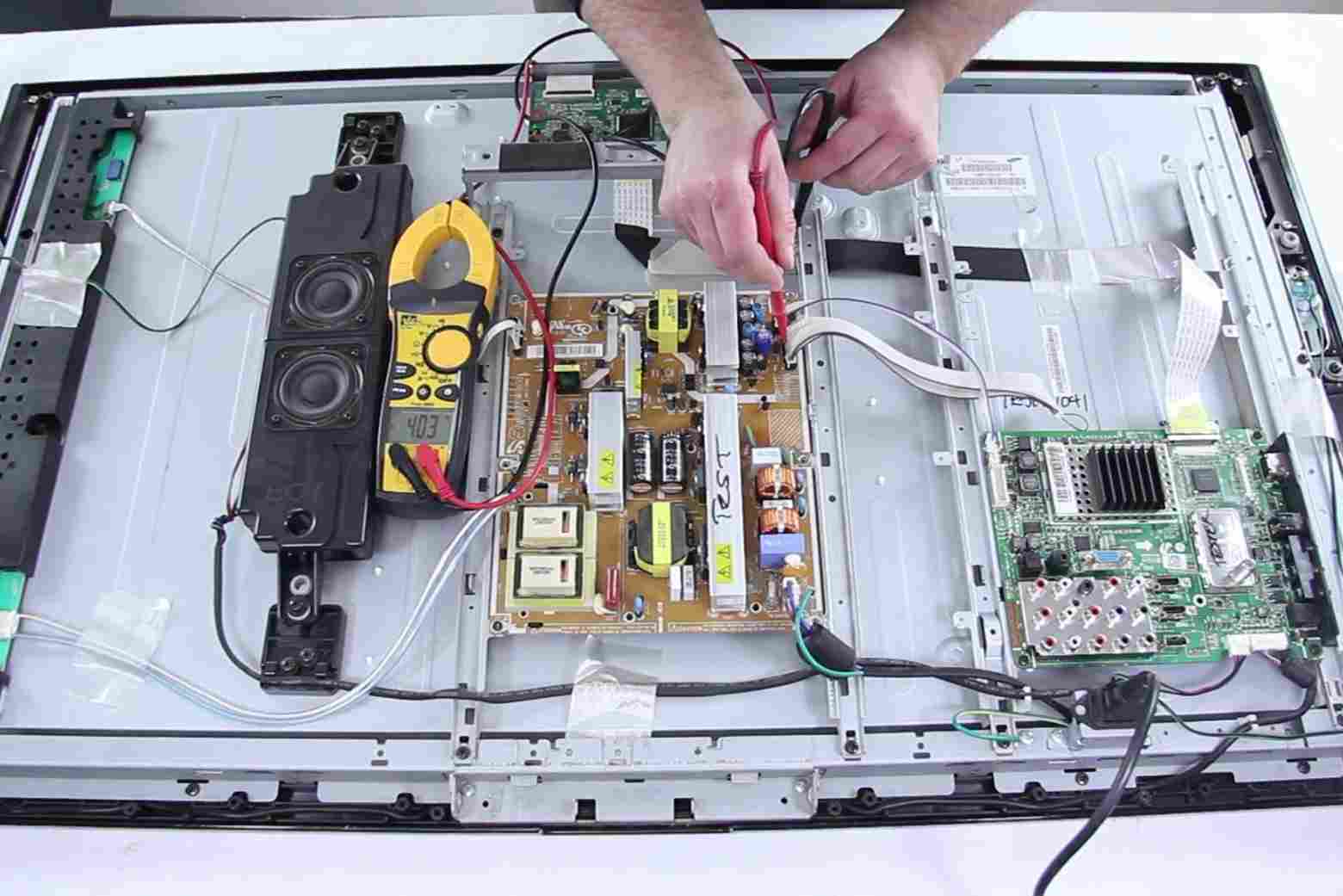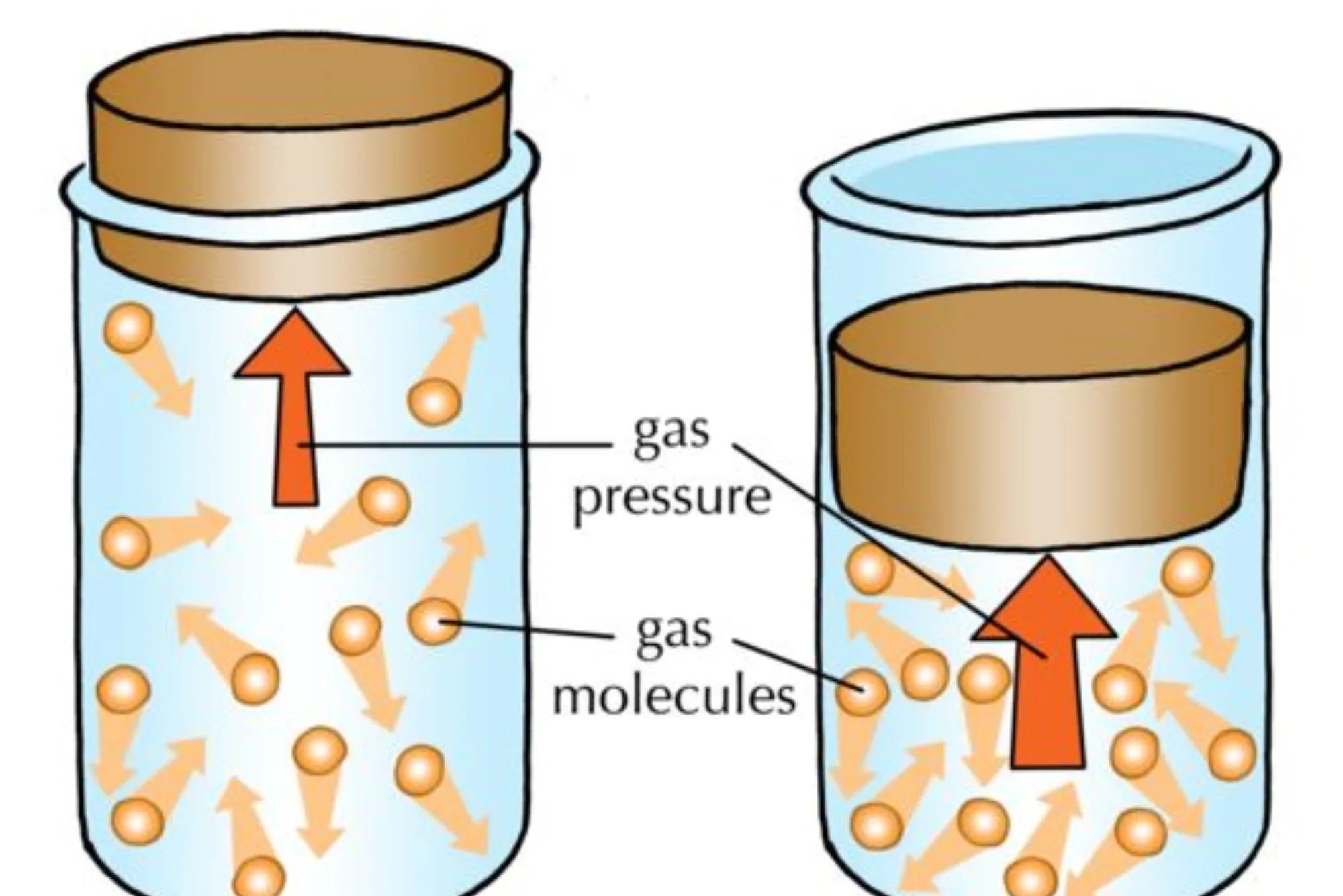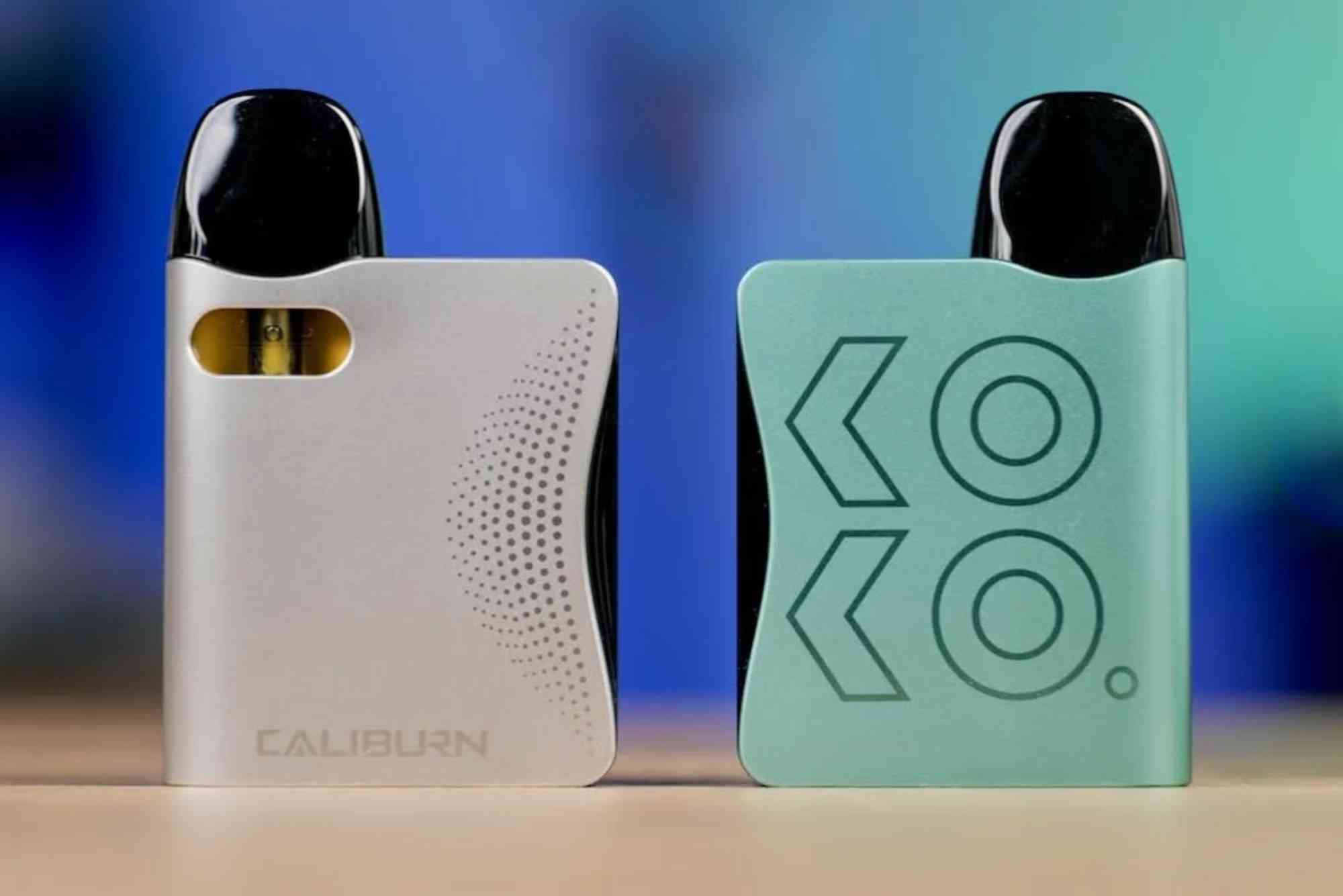Gold hunting has come a long way from simple pans and sieves used in rivers centuries ago. Today, advanced technology allows modern prospectors to not only detect metals underground but also visualize their approximate position and depth through digital mapping. This has given enthusiasts and professionals alike a much greater chance of success. A gold detector scanner is designed to merge two key functions: accurate detection of metal targets and creating a mapped visualization of what lies beneath the surface.
Understanding how these scanners work, and what makes them different from traditional metal detectors, is essential for anyone who wants to take gold prospecting seriously.
Precision Detection of Gold Targets
The first major function of a gold scanner is its ability to detect precious metals with high accuracy. Unlike general-purpose detectors that often struggle to differentiate between junk metals and gold, a gold detector scanner uses specialized sensors and higher operating frequencies to identify gold with precision. These machines are also designed to filter out ground noise, such as mineralized soil or iron content, so that signals from gold stand out more clearly.
By focusing on precision detection, scanners save prospectors countless hours of digging false targets. This is especially important in areas where gold is found in nugget form or deeply buried veins.
Mapping Capabilities for Better Insights
What sets scanners apart from traditional detectors is their ability to create a visual representation of underground structures. Advanced models like the Gold Step Pro Max not only detect the presence of metal but also show its estimated location and depth on a display. This mapping function is incredibly valuable, as it allows users to prioritize where to dig and understand the size or orientation of potential targets.
The mapping feature works by sending signals into the ground and analyzing how they bounce back from different materials. These readings are then processed and displayed as graphical data, giving the user a clearer idea of where to focus their efforts.
Why Mapping Matters in Gold Prospecting
Mapping is not just a flashy add-on; it fundamentally changes the way prospectors work. Traditionally, detecting meant digging for every promising signal, even if many turned out to be non-valuable metals. With mapping, prospectors can interpret the data before committing to excavation. This reduces wasted energy and time while increasing the chances of striking real gold.
Another benefit of mapping is its ability to help users analyze larger areas quickly. Instead of relying solely on audio signals and guesswork, scanners provide a more systematic approach, especially in terrains with high mineralization or cluttered metallic debris.
Balancing Depth and Sensitivity
One of the challenges in gold detection is balancing depth penetration with sensitivity to small targets. Higher frequencies are excellent for small nuggets but may not reach great depths, while lower frequencies can go deeper but miss smaller particles. Scanners often combine multi-frequency technologies to strike the right balance.
This allows the user to detect tiny nuggets near the surface while still having the power to identify larger deposits buried deeper underground. For those working in diverse terrains, having this dual capability is a game-changer.
Ease of Use and Ergonomics
Despite their advanced technology, many gold detector scanners are designed with user-friendliness in mind. Clear displays, customizable settings, and lightweight frames make them suitable even for beginners. Durability also plays a role, as gold hunting often takes place in rugged conditions, from deserts to riverbeds. A good scanner should be both sturdy and easy to carry for long sessions in the field.
Water resistance, battery life, and ergonomic design all contribute to making the scanning process smooth and productive. Advanced models even come with multiple coil options or wireless connections for data transfer and analysis.
Practical Applications Beyond Gold
While gold detection is the primary focus, scanners are often versatile enough to be used for other applications, such as locating archaeological artifacts, underground structures, or valuable relics. The mapping capability makes them a useful tool for surveyors and researchers as well, bridging the gap between metal detection and ground imaging technology.
Choosing the Right Gold Detector Scanner
Investing in a scanner is about more than just buying a gadget; it’s about choosing a partner for your prospecting journey. The right scanner should fit your prospecting environment, whether you are hunting in mineral-rich deserts, riverbeds, or mountainous terrain. Machines with both strong detection sensitivity and advanced mapping give you the advantage of confidence in every signal you pursue.
If you are serious about maximizing your results, then looking into advanced models like the Gold Step Pro Max can make a significant difference. Its balance of technology, ease of use, and powerful detection capabilities ensures that you are not just guessing at what lies beneath but actually working with reliable data.
Conclusion
Gold detector scanners represent the evolution of modern prospecting tools. By combining precision detection with ground mapping, they provide users with clearer insights, better accuracy, and more efficient exploration. Features such as multi-frequency technology, durable design, and advanced visualization make these machines stand out from traditional detectors.
For those committed to gold hunting, investing in a scanner is not just about improving success rates—it’s about transforming the entire process into a smarter, more informed, and ultimately more rewarding experience.



























